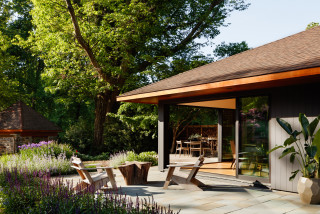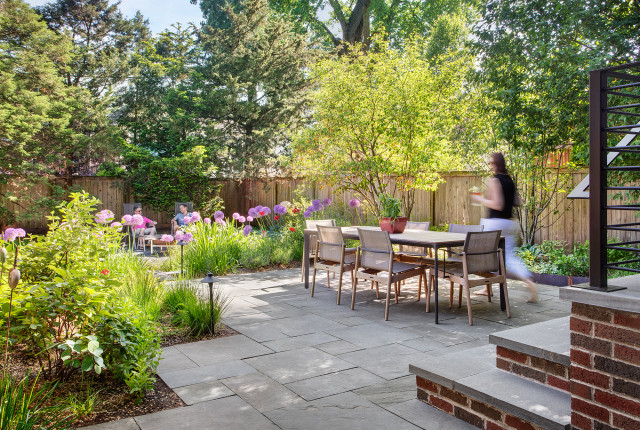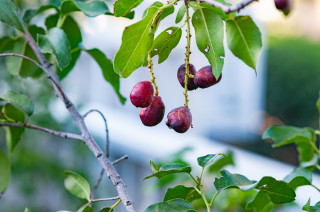
4. Recycled Options
Reusing materials that have proven they can handle difficult conditions — such as stone, concrete and brick —combines resiliency with sustainability. You also can look for composites made from recycled materials. These cut down on waste and reliance on landfills. You’ll often see these materials used for decking and edging as well as other hardscape features. “There are companies that use recycled plastic, such as grocery bags, for fences and benches,” Vogt says. Products made from recycled materials have become much more natural-looking in recent years, and can be lower-maintenance and longer-lasting than natural wood.
This article was originally published by a www.houzz.com . Read the Original article here. .




Chicago is known for its brutally cold winters and hot, dry summers. “Just a few hours north and south of here is a very different climate,” says Jeff True.
Turn to native hardwoods. True says that native hardwood trees can handle weather extremes and are often his starting points. These include several maples, such as red maple (Acer rubrum, zones 3 to 9), sugar maple (A. saccharum, zones 3 to 8; shown here), silver maple (A. saccharinum, zones 3 to 9) and Freeman’s maple (A. x. freemanii, zones 5 to 8).
Native white oak (Quercus alba, zones 3 to 9), which is the state tree of Illinois, is also a tried-and-true favorite, as are swamp white oak (Q. bicolor, zones 3 to 8), Chinquapin oak (Q. muehlenbergii, zones 5 to 7) and shagbark hickory (Carya ovata, zones 4 to 8). “I personally love Kentucky coffeetree (Gymnocladus dioicus, zones 3 to 8) and hackberry (Celtis occidentalis, zones 2 to 9),” True says.
He adds that the new elm varieties resistant to Dutch elm disease, such as Triumph elm (Ulmus ‘Morton Glossy’, zones 4 to 7), are fast-growing, allowing them to fill in spaces quickly.
8 Reasons to Plant a Great Tree